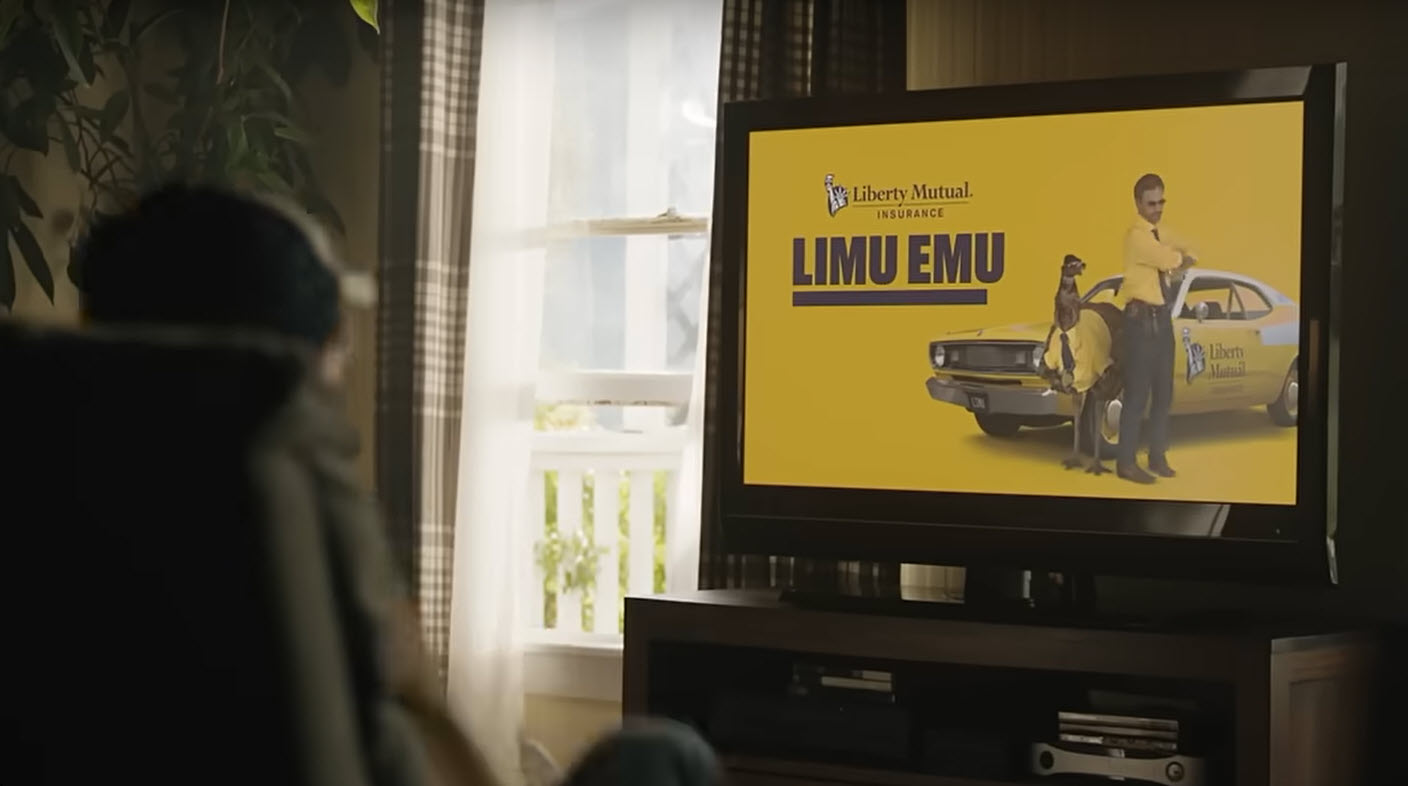Mascots and Marketing Mastery in the Insurance Industry
When was the last time you heard the name “Liberty Mutual” without imagining an emu in sunglasses? Or thought of Allstate without the charming calamities of Mayhem? These quirky mascots have become household icons, and for good reason. According to a recent MarketCast study analyzing insurance advertising performance from January 2024 to February 2025, mascots like Liberty Mutual’s LiMu Emu and Doug, Allstate’s Mayhem, and Progressive’s Flo and Jamie are leading the charge in how brands connect with their audiences.
From humor and relatability to unforgettable jingles, these characters demonstrate how mascots can transform insurance from a dry, utilitarian product into something memorable and engaging for millions of consumers. But beyond the laughs lies a critical question for marketers across industries: are these mascots driving meaningful brand engagement, or are they distractions in disguise?
The Power of Mascots in Branding
Insurance is not a naturally exciting topic. Consumers don’t window-shop for coverage or debate policy packages for fun. They want reliability and peace of mind, typically without overthinking claims adjusters or deductibles. This challenge is what makes the insurance industry such fertile ground for creative advertising. Enter the mascot. Whether it’s Liberty Mutual’s humor-infused LiMu and Doug duo or Allstate’s wily Mayhem, these figures entertain while subtly embedding a company’s identity into consumers’ memories.
Statistics That Speak
The MarketCast study offers concrete evidence of mascots’ effectiveness in achieving key advertising objectives. Liberty Mutual’s LiMu Emu and Doug dominated in categories like ad breakthrough (+9% above the norm) and messaging (+16%), showing that audiences not only recognized the ads but also understood the core message. For branding, they soared with an impressive +18% performance above the norm. Adding their catchy “Liberty, Liberty, Liberty” jingle didn’t hurt, either.
Allstate’s Mayhem, meanwhile, delivered a masterclass in turning chaos into consumer connection. With sharp humor and storylines reminiscent of Murphy’s Law, Mayhem earned top marks in likeability (+8% above the norm) and ad recall (+5%), outperforming most of its competitors. The trick? Keeping the humor tightly aligned with the brand’s promise of preparedness in the face of life’s unexpected mishaps.
On the Progressive front, long-time mascot Flo maintained her strong presence in ad breakthrough and messaging, while Jamie performed equally well, solidifying his role as a rising star for the brand. Dr. Rick, who humorously teaches homeowners “Don’t turn into your parents,” tapped into a different kind of relatability and resonated with audiences in a way that feels refreshingly human (+4% on likeability). However, branding attribution posed some challenges, highlighting a delicate dance between humor and clarity.
Why Mascots Work
The enduring popularity of these mascots springs from their ability to blend entertainment with purpose. LiMu and Doug may bring the laughs, but their unmistakable yellow uniforms ensure you’ll never confuse them for another company. Similarly, Mayhem’s antics are absurdly funny, but they always underscore the need for comprehensive protection.
This balance is critical. While humor grabs attention, it’s the seamless integration of a brand’s message that makes these campaigns successful. The Allstate ads might make you chuckle, but they also leave you thinking about how quickly a good day can turn bad without proper coverage.
Challenges in Mascot Marketing
While mascots can create excitement and emotional connectivity, not every brand strikes gold. Dr. Rick’s humorous take on becoming your parents might make audiences laugh, but there’s a risk that the branding itself gets lost in the comedy. It’s a reminder of the danger of over-reliance on humor or character-driven storytelling to the point where consumers might recognize the jokes more than the company.
Additionally, there’s the question of longevity. While Flo has been Progressive’s face for 17 years, brands relying heavily on mascots can struggle to pivot or innovate without alienating their core audience. How long can a character stay fresh before the charm wears off?
Bringing Branding Lessons Home
The success of these insurance mascots offers valuable lessons for marketers across industries. At their core, the campaigns demonstrate that even the most mundane products can become engaging if approached creatively. By focusing on entertainment and relatability, while embedding clear and memorable messages, brands can stand out in cluttered markets.
Take automotive brands trying to distinguish car models, for instance, or tech companies seeking to humanize highly technical products. Mascots could bring a human touch, much like Dr. Rick resonates with anyone who’s heard themselves say, “We don’t need a cart; it’s just one thing.”
The trick lies in balance. While delivering clever humor or emotional appeals, brands must guarantee that their core identity remains front and center. Liberty Mutual’s consistent use of bright yellow accents and a catchy jingle reinforces their branding. Similarly, Allstate’s ads never lose sight of their promise to protect, ensuring that Mayhem’s chaos leads straight back to the company’s solutions.
Mascot-based branding proves that even serious industries can capture attention through creativity. The key takeaway for marketers? Commit to a storytelling approach that’s not just fun but purpose-driven. When done right, these characters don’t just sell a product; they establish a long-term relationship between the brand and its audience.

